
Facade IMG_1935.jpg |
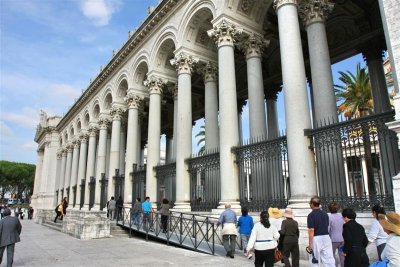
Street Entrance IMG_1932.jpg |

Facade IMG_1934.jpg |

Apostle St Paul IMG_1936.jpg |
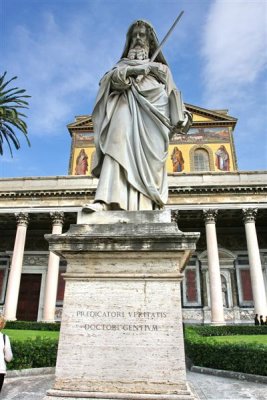
Apostle St Paul IMG_1939.jpg |

The 4 Apostles Mathew, Mark, Luke, John @top Facade IMG_1940.jpg |
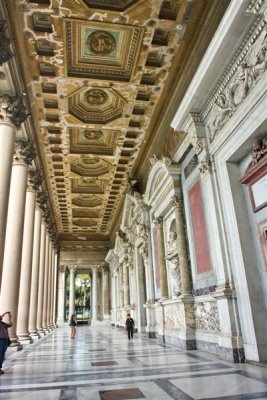
Portico--entrance ....> IMG_1941.jpg |

Portico--entrance IMG_1943.jpg |
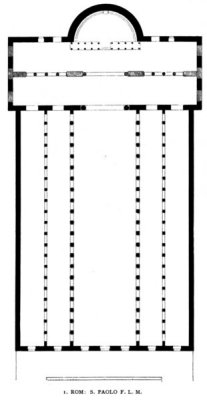
The floor plan ...> |
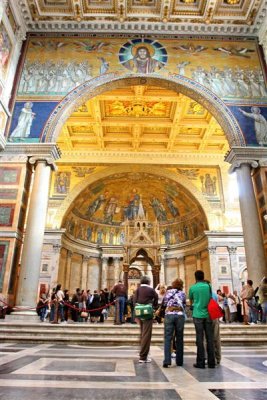
Facing the Altar IMG_1946.jpg |

Altar IMG_1948.jpg |
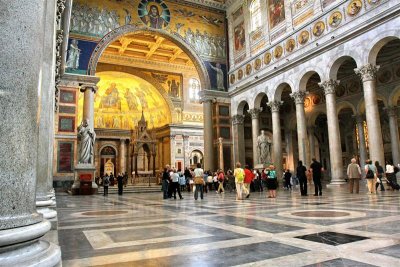
Facing the Altar MG_2021.jpg |

St Peter IMG_1950.jpg |
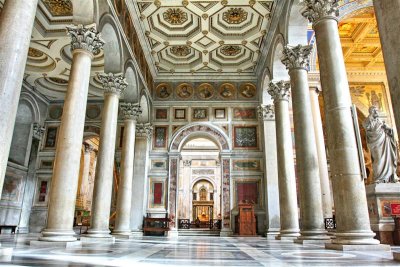
Corridor Left side IMG_1951.jpg |
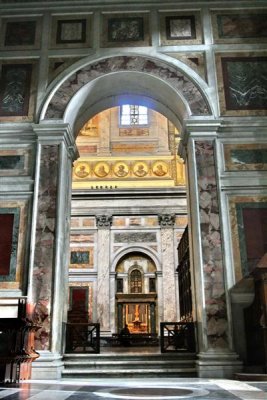
Corridor Left side IMG_1952.jpg |
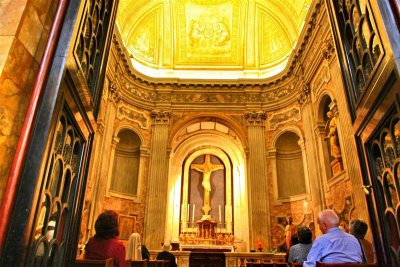
Shrine at niche at left side IMG_1957.jpg |

Ceiling Design IMG_1964.JPG |
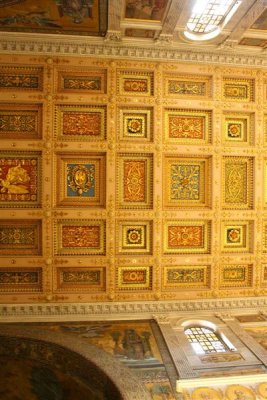
Ceiling Design IMG_1967.jpg |
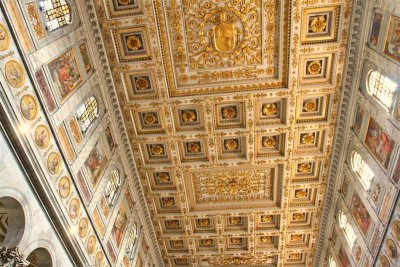
Ceiling Design IMG_2029.jpg |

Left of Altar IMG_1965.jpg |
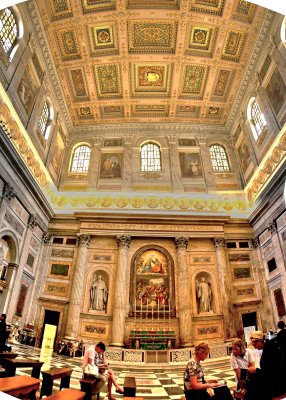
Left of Altar, ext-view IMG_1965_66.jpg |
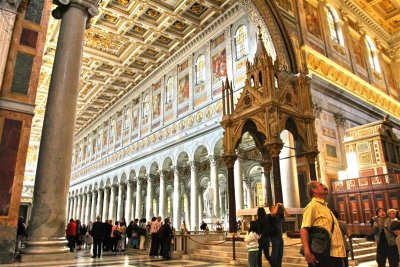
From altar to Entrance IMG_1968.jpg |
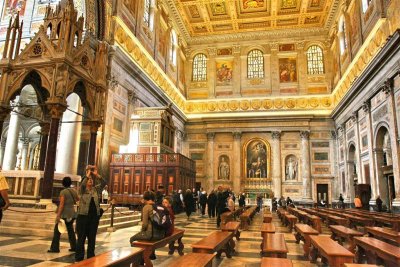
Altar to the Left IMG_1970.jpg |
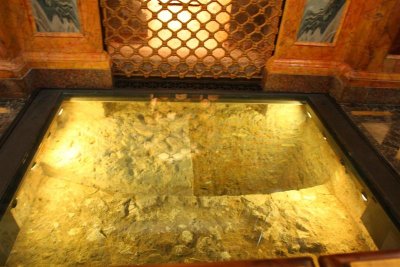
St Paul's burial under Altar IMG_1979.jpg |

St Paul's burial under Altar IMG_1988.jpg |
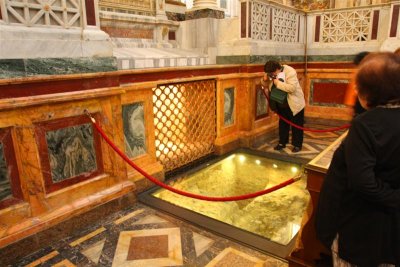
St Paul's burial under Altar IMG_1981.JPG |
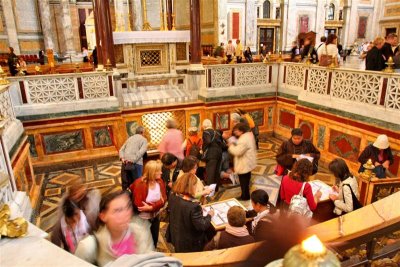
St Paul's burial under Altar IMG_1982.jpg |
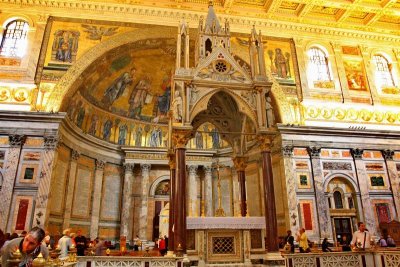
Altar IMG_1984.jpg |
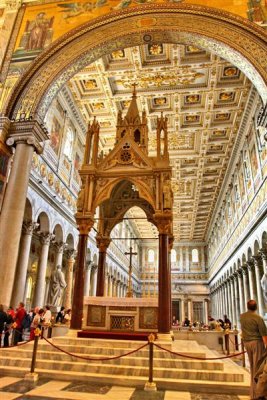
From Altar to Entrance IMG_2002.jpg |
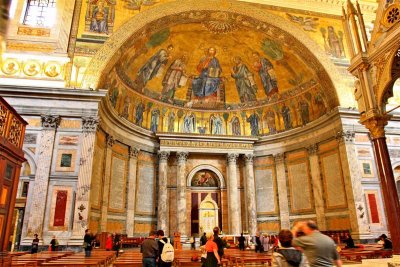
Behind Altar ...> IMG_1985.jpg |

From Altar to Entrance IMG_1987.jpg |
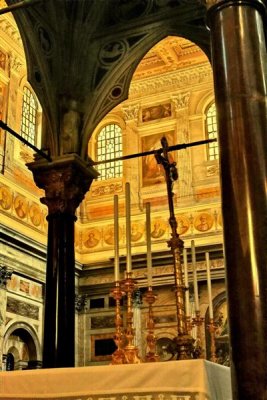
Reflection of altar IMG_1989.jpg |
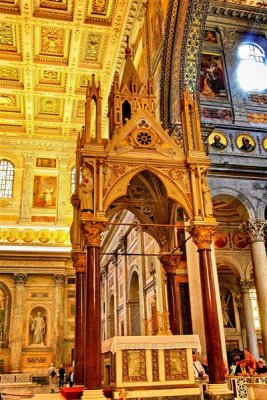
Altar and history ... > IMG_1990.jpg |
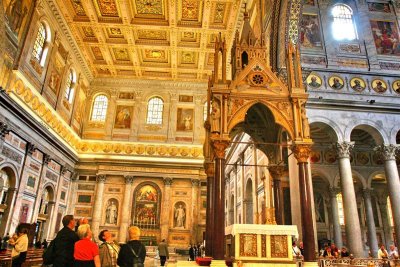
Altar to the Left IMG_1991.jpg |
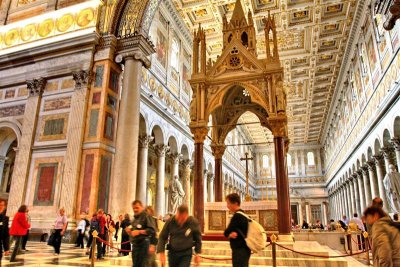
From Altar to Entrance IMG_1999.jpg |
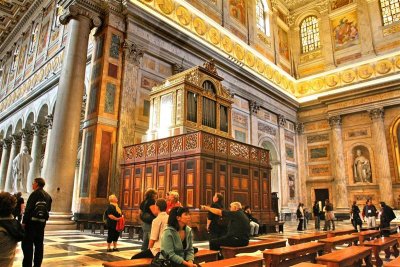
Altar to the Right--Confession IMG_2001.jpg |
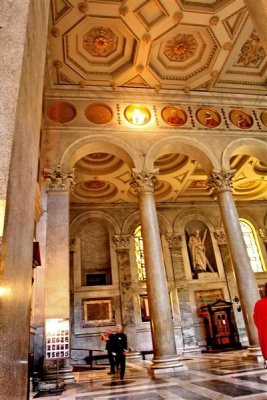
Spot Light on the reigning Pope Benedict XVI IMG_2004.jpg |

St Paul at top left IMG_1949.jpg |
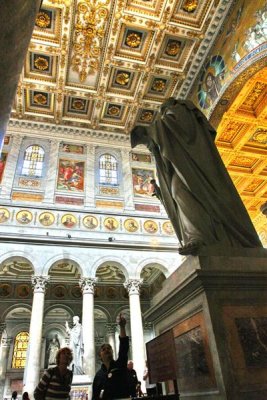
St Paul IMG_2007.jpg |
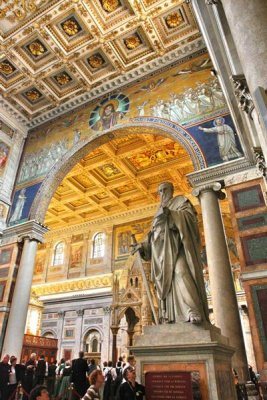
St Paul points dwn at his tomb IMG_2008.jpg |

St Paul IMG_2009.jpg |
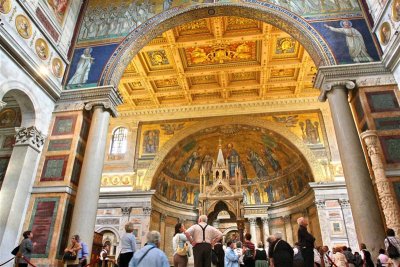
The Altar IMG_2011.jpg |
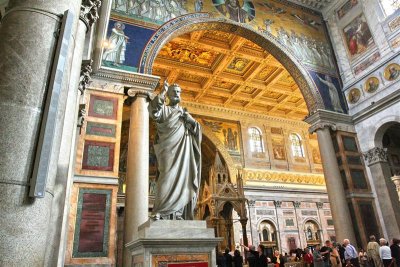
St Peter IMG_2014.jpg |
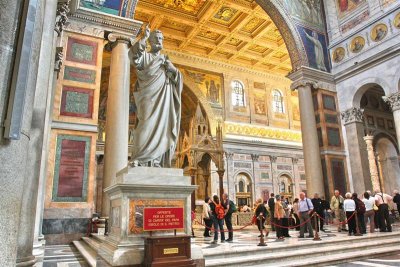
St Peter IMG_2015.jpg |
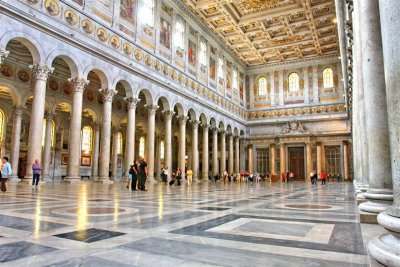
Toward the Entrance IMG_2016.jpg |

From Altar to Entrance IMG_1986.jpg |
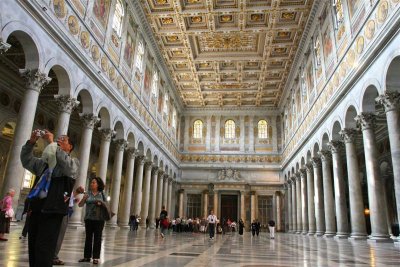
Toward the Entrance IMG_1947.jpg |
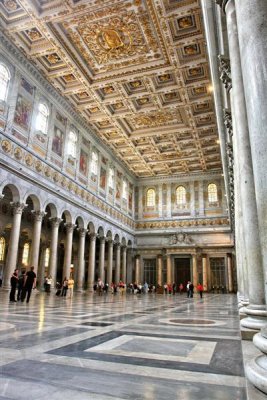
Toward the Entrance IMG_2017.jpg |
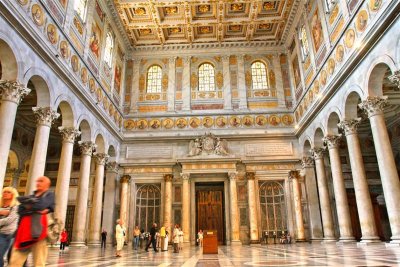
Toward the Entrance IMG_2022.jpg |
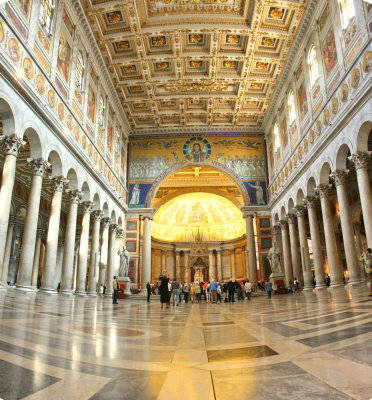
Toward the Altar IMG_2027_28.jpg |











